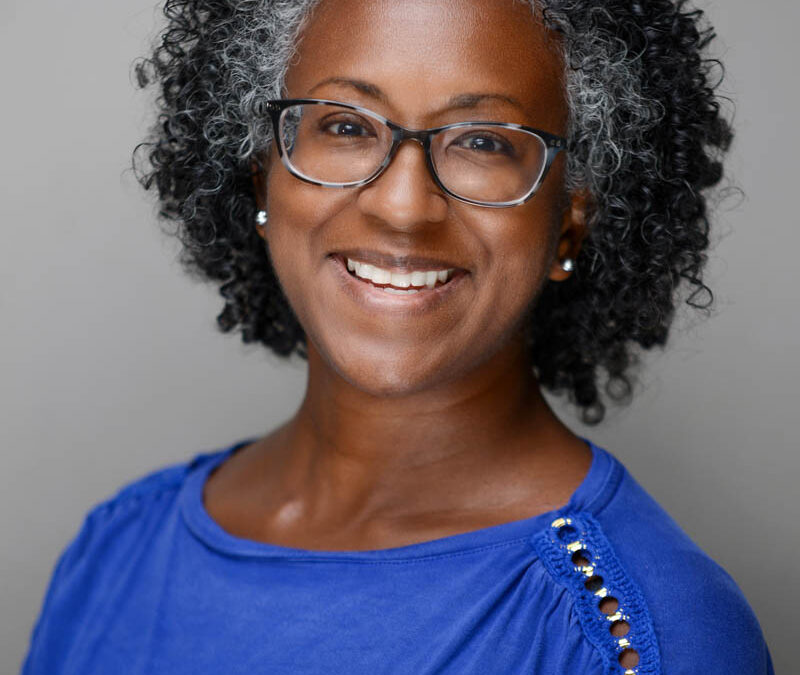How Lighting Makes or Breaks Your Headshot
Lighting is the unsung hero of the headshot world. It can transform a good picture into a great one, highlighting your features and creating a polished, professional look. Conversely, harsh or unflattering lighting can cast unneeded shadows, accentuate wrinkles, and leave you looking less than your best. So, how does light work its magic, and how can you ensure it flatters you in your next headshot?
Understanding Light and Shadow:
Light behaves in predictable ways. When it strikes your face directly, it creates harsh shadows that can highlight wrinkles, blemishes, and imperfections. Softer, diffused light, on the other hand, casts gentler shadows, creating a more even and flattering appearance. Think of the shadows you see on the ground on a clear, sunny day vs the clouds you see on a cloudy day.
Playing with Angles: Mastering Light Direction
Headshot photographers use a variety of lighting techniques to achieve the desired effect. Here are some common approaches:
- Front Lighting: This creates a flat look and is generally not recommended for headshots. However, it can be effective for certain situations, such as capturing identification photos.
- Main Light: This is the primary source of light and is positioned slightly off-center to create dimension on the face. The angle of the main light can be adjusted to minimise shadows on specific areas, like under the eyes.
- Fill Light: This secondary light source is used to reduce harsh shadows created by the main light. It’s positioned on the opposite side of the camera from the main light, often diffused to create a soft, even glow.
- Backlight: This light comes from behind the subject, separating the person from the background and adding a touch of drama. It’s used sparingly in headshot photography, as too much backlight can create an unwanted halo effect.
Choosing the Right Light for Your Features
The ideal lighting setup will depend on your individual facial features. For example, someone with a rounder face might benefit from slightly more side lighting to add definition. Conversely, someone with a more angular face might prefer softer lighting to avoid emphasising sharp features. A skilled headshot photographer will understand how to manipulate light to flatter your unique facial structure.
Beyond Basic Lighting: Techniques for a Flawless Finish
Professional headshot photographers have a variety of tools and tricks up their sleeves to manipulate light and achieve a flawless finish. Some techniques include:
- Catchlights: These are small reflections of light in the eyes, which add life and sparkle to the portrait.
- Light modifiers: Diffusers, softboxes, and umbrellas are used to soften the light source, creating a more flattering effect.
- Flags and Gobos: These are black panels used to control light spill and block unwanted shadows.
The Takeaway: Light is Your Ally
Understanding the science of light is crucial for capturing a flattering headshot. By working with a skilled photographer who knows how to manipulate light to your advantage, you can ensure your headshot showcases your best self and makes a lasting positive impression.



Recent Comments